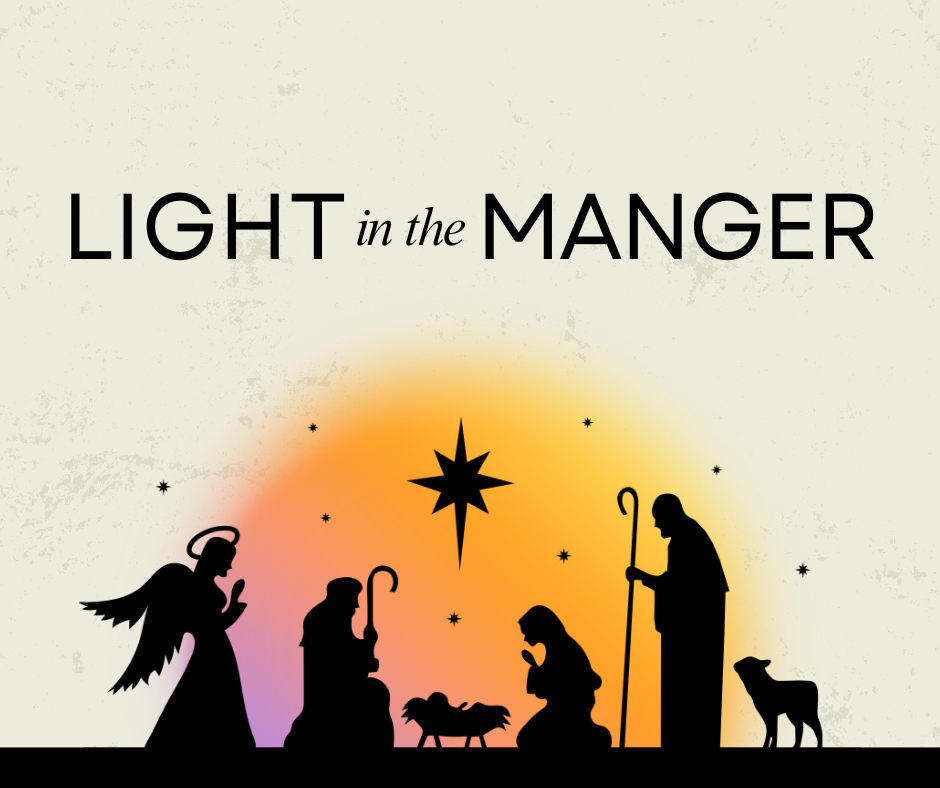
Every December, millions around the globe pause to celebrate Christmas—a season synonymous with twinkling lights, festive carols, and the exchanging of gifts. Yet at the heart of this holiday lies a story that predates Santa Claus and holiday cheer, a story that has shaped the course of human history: the birth of Jesus Christ.
In a quiet corner of Bethlehem over two millennia ago, a child was born in a manger, heralded not by royalty but by angels to shepherds, the humblest of society. For Christians, this moment is more than a quaint historical event; it is the incarnation of hope, the physical manifestation of divine love stepping into human frailty. The birth of Jesus, celebrated on December 25 by tradition, marks the moment when the eternal entered time, transforming the world’s spiritual landscape forever.
A World in Waiting
At the time of Jesus’ birth, the Roman Empire sprawled across vast territories, imposing order yet fostering a longing for deeper meaning. The Jewish people, in particular, awaited a Messiah—a deliverer promised in ancient prophecies who would bring justice and peace. Into this setting, the Gospel of Luke records the angelic proclamation: “Glory to God in the highest heaven, and on earth peace to those on whom his favor rests.” (Luke 2:14, NIV)
This message, radiating from a stable, promised a kingdom unlike any other. It was not an empire built on power but one founded on compassion, humility, and reconciliation.
The Cradle and the Cross
The significance of Jesus’ birth cannot be understood apart from his life’s mission. Christians believe that this child, born of a virgin and laid in a manger, would grow to become the Savior of the world. His teachings—on loving one’s enemies, forgiving debts, and serving the marginalized—shattered conventional norms of justice and morality. Ultimately, his death on the cross and resurrection are viewed as the culmination of his mission to redeem humanity from sin.
But it all began in Bethlehem. The humility of Jesus’ birth—a king cradled in a feeding trough—stands as a poignant reminder that greatness is not marked by wealth or power but by self-giving love.
A Universal Message
Though Christmas is rooted in Christian theology, its themes have resonated far beyond church walls. The ideals of peace, generosity, and unity strike a universal chord. Indeed, Christmas traditions have transcended religious boundaries, becoming a season for family gatherings, acts of charity, and reflection on the shared human experience. The enduring appeal of the nativity story—its humble setting and profound hope—continues to inspire artists, writers, and communities worldwide.
Hope for Today
In a world often marred by division and despair, the message of Christmas remains profoundly relevant. The birth of Jesus is not just a historical marker but an invitation to believe in the possibility of renewal. As the carol O Holy Night proclaims: “A thrill of hope, the weary world rejoices.”
For Christians, this hope is grounded in the belief that Jesus is not merely a figure of the past but the living embodiment of God’s love—a love that promises to heal, restore, and transform.
As Christmas approaches, the image of the manger invites all to pause and reflect. Amid the noise of modern life, it offers a quiet yet compelling reminder: peace and joy are not found in abundance but in the profound simplicity of grace.
This Christmas, whether through faith, tradition, or curiosity, the light in the manger beckons us still.